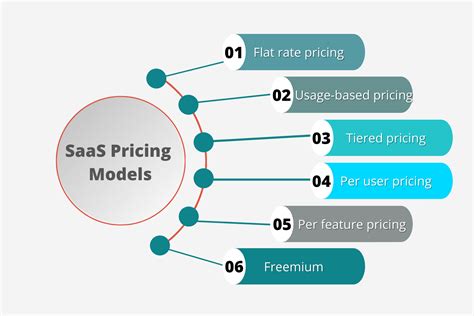As a growing number of businesses turn to Software as a Service (SaaS) solutions for scalable, subscription-based software, the mechanics behind pricing—particularly at the enterprise level—remain a complex and often opaque subject. One common method that SaaS companies use to manage enterprise pricing is by employing a ‘Request for Quote’ (RFQ) process. While this might seem like an innocent, necessary bureaucratic step, it often hides a labyrinth of sales tactics and strategic pricing considerations. Understanding these hidden dynamics is crucial for both vendors and potential customers.
The RFQ process is often maligned for its complexity and lack of transparency. Many customers find it frustrating when they are unable to get straightforward pricing information from a company’s website. Instead, they are asked to fill out a form to get in touch with a sales representative. This initial interaction is not to extract a simple price but to initiate a series of qualifying questions to figure out the potential customer’s budget, urgency, and actual needs. For instance, as one commenter mentioned, ‘Sometimes no pricing is offered because the lead quality is judged to be too low to move forward’. Essentially, this process acts as a filter, helping the company prioritize leads worth pursuing.
Moreover, enterprise customers often have unique requirements that go beyond simple licensing or per-user fees. As another commenter correctly pointed out, different payment terms, such as 30/60/90-day payment goals, legal and security reviews, and different currency requirements, all complicate the pricing equation. Beyond just providing a quote, SaaS providers must often engage in a prolonged dialogue with their potential customers, discussing bespoke requirements and customizations that do not fit neatly into the standard pricing tiers. This is why detailed formal quotes or even lengthy draft documents are frequently involved in the RFQ process, rather than a simple pricing sheet.
But what truly stands out in such discussions is the strategic value of features like Single Sign-On (SSO). It is not uncommon for SaaS companies to place SSO behind their enterprise offerings, thereby creating an effective differentiator. Some consider this a controversial practice with security implications. For example, kuschku commented, ‘Every service that puts SSO in an enterprise tier is a security risk and shouldn’t be touched with a 10-foot pole’. While this may seem harsh, the sentiment underscores the perceived inequity of locking essential security features behind a paywall, arguably making it more challenging for smaller businesses to adopt best practices in security.
To further complicate matters, sales representatives use the RFQ interaction as a strategic point of differentiation. Pricing is not merely about scaling up existing costs based on the number of users or level of service; it often involves careful consideration of how much value the enterprise customer gets from the software. As Mtmail pointed out, ‘Pricing is usually the same only scaled higher’, indicating that there is often a baseline that is then adjusted based on complexities in the customer’s requirements or the potential ease of the contract. This bespoke approach ensures that both sides can negotiate a mutually beneficial arrangement, albeit at the cost of transparency.
In conclusion, the ‘Request for Quote’ mechanism serves several purposes. It helps SaaS providers filter out non-serious inquiries, ensures that enterprise customers’ unique requirements are met, and allows for price discrimination that can maximize revenue. However, this comes with its drawbacks—chiefly, a lack of transparency that can frustrate potential customers and sometimes even push them towards competitors. As this pricing strategy continues to evolve, both vendors and customers alike must navigate these complexities carefully, always weighing the benefits of tailored services against the convenience and clarity of straightforward pricing. For those looking to streamline this process, adopting more transparent, self-service models could be the way forward, perhaps incorporating technologies that allow for dynamic pricing adjustments based on real-time user data and behavior.


Leave a Reply